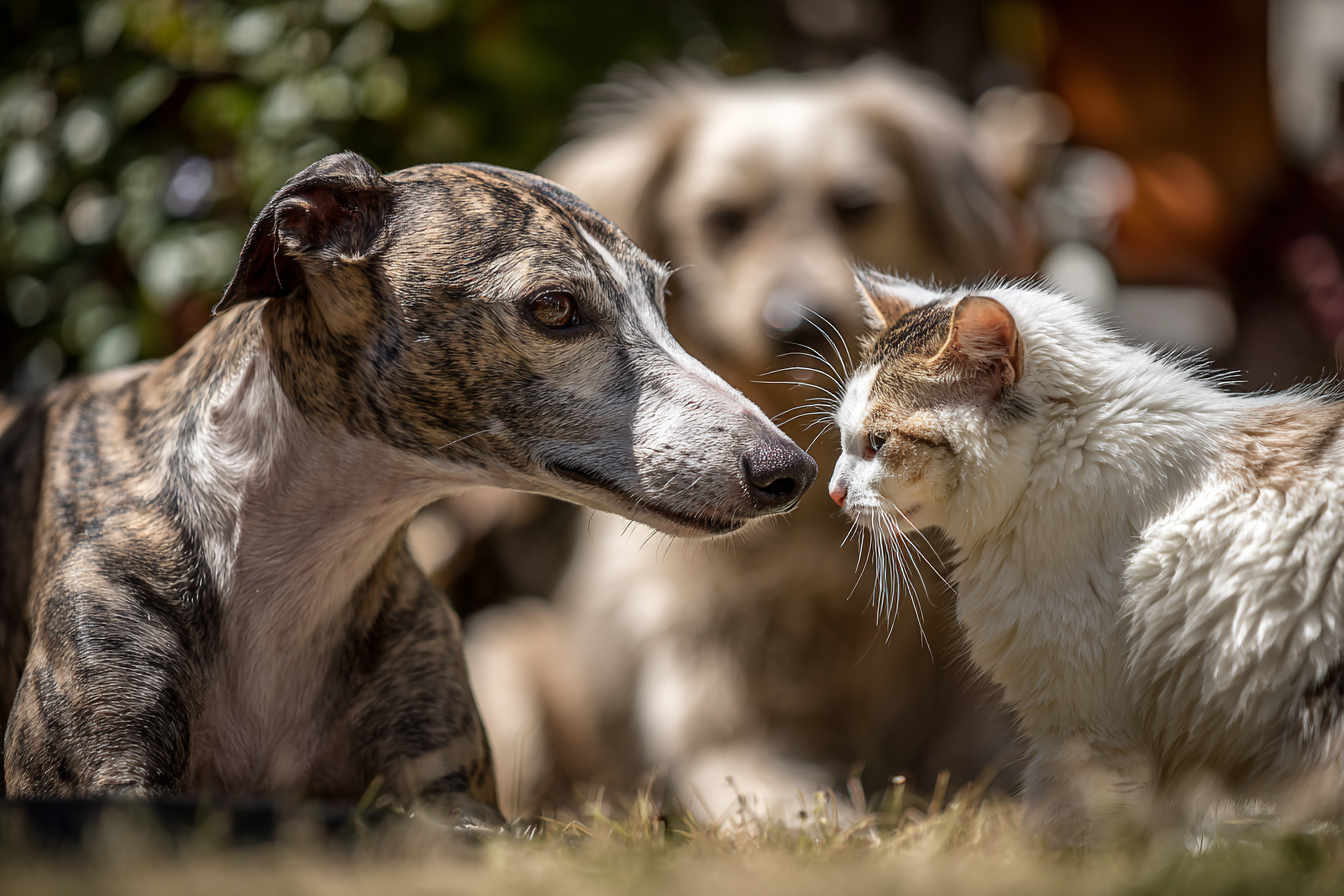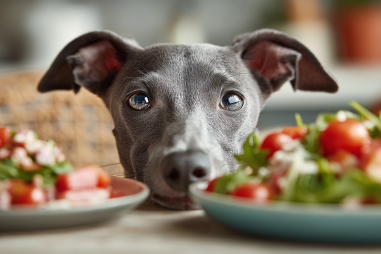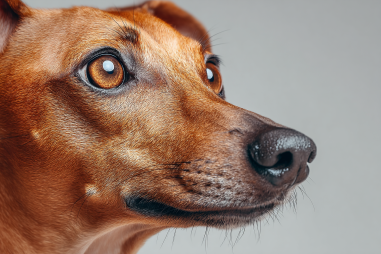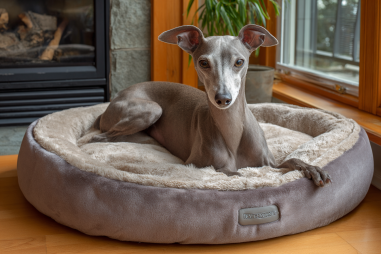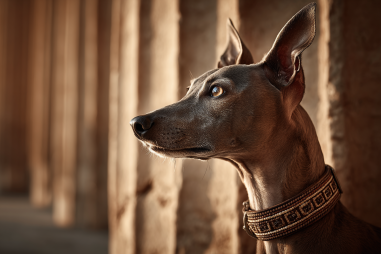If you’re a pet lover considering bringing an Italian Greyhound into a multi-pet household, understanding how this elegant and energetic breed interacts with other animals is essential. Italian Greyhounds are known for their affectionate and sensitive nature, but like all dogs, their social behavior can vary based on their personality, experiences, and training. This article delves into the social traits unique to Italian Greyhounds and shares practical advice on helping them coexist peacefully with other pets, ensuring a harmonious home environment for everyone involved.
Typical Social Traits of Italian Greyhounds
Italian Greyhounds are small, slender, and graceful dogs with a reputation for being gentle companions. They typically enjoy the company of humans and other animals, displaying a sweet and affectionate demeanor. These dogs are intelligent and sensitive, often forming strong bonds with their owners and family members.
Due to their history as companion dogs, Italian Greyhounds are generally sociable and crave interaction. They tend to be playful with other dogs and pets when introduced properly. However, they can be somewhat shy or cautious, especially around new animals or in unfamiliar environments. Their sensitive nature means they often avoid confrontations, preferring to retreat rather than escalate conflicts.
It’s important to note that Italian Greyhounds have a strong prey drive—it stems from their history as hunting dogs. This instinct might influence how they interact with smaller animals. However, with the right introductions and supervision, they often learn to live peacefully alongside cats, rabbits, and other small pets.
Introducing Italian Greyhounds to Other Dogs
When introducing an Italian Greyhound to other dogs, patience and calm are key. Because of their delicate build and gentle temperament, they generally do well with other dogs, especially when meetings take place in neutral territory. A few tips for successful introductions include:
- Neutral ground meetings: Arrange for the dogs to meet in an unfamiliar area to prevent territorial behavior.
- Leashed introductions: Keep both dogs on leashes during the first few meetings to control the situation and read their body language.
- Observe body language: Look for relaxed postures, wagging tails, and playful bows as positive signs.
- Short initial interactions: Keep the initial meetings brief to avoid overwhelming your Italian Greyhound.
Italian Greyhounds are enthusiastic about play but may tire quickly due to their slender build. They often prefer playstyles that are gentle and non-rough, so it’s good to supervise play sessions with more boisterous dogs to prevent accidental injury.
Interaction with Cats and Smaller Pets
Because of their natural prey drive, Italian Greyhounds may show curiosity toward cats and smaller pets like rabbits or rodents. Early socialization plays a critical role in shaping how they interact with these animals.
When the Italian Greyhound grows up with cats or other small pets, they often develop peaceful relationships and may even become companions. If you’re introducing an Italian Greyhound to cats or smaller pets later in life, consider the following approach:
- Controlled introductions: Keep your Italian Greyhound on a leash and allow the cat or small pet to move freely, giving them the option to approach or retreat.
- Positive reinforcement: Reward calm behavior and curiosity without aggression.
- Supervision: Never leave your Italian Greyhound unsupervised with smaller pets until you’re confident they get along well.
- Safe spaces for small pets: Ensure cats and small animals have safe, elevated, or secure areas where the Italian Greyhound cannot reach them if needed.
It’s normal for an Italian Greyhound to be curious about these smaller animals initially, but with patience, they can learn to share space respectfully.
Managing Multi-Pet Household Dynamics
Having multiple pets can be rewarding, but it requires attention to the unique dynamics between each animal. An Italian Greyhound’s sensitive nature means they can pick up on tensions or stress in the household easily. To create a balanced environment, consider the following:
- Establish routines: Set regular feeding, walking, and playtimes to provide stability.
- Separate resources: Provide individual feeding stations, beds, and toys to prevent resource guarding conflicts.
- Individual attention: Spend quality one-on-one time with each pet to strengthen bonds with you and reduce jealousy.
- Consistent training: Reinforce positive behaviors with all pets to encourage respectful interactions.
- Monitor interactions: Be vigilant about how your Italian Greyhound and other pets behave around each other, especially during high-energy moments.
Watching for subtle signs of stress or unease, like avoidance or growling, can help you intervene before problems escalate.
Tips to Encourage Positive Relationships
Building positive relationships between your Italian Greyhound and other pets takes time and mindful effort. Here are some effective strategies:
- Socialize early: Whenever possible, socialize your Italian Greyhound with various animals from a young age.
- Use treats as rewards: Reward calm and friendly interactions with high-value treats or praise.
- Engage in joint play: Encourage supervised play sessions that allow pets to bond through positive experiences.
- Ensure adequate exercise: A well-exercised Italian Greyhound is less likely to exhibit frustration or overexcitement toward other animals.
- Train commands: Teach your dog reliable commands like “leave it,” “stay,” and “come” to manage interactions effectively.
- Respect personalities: Recognize that not all pets will become best friends, and it’s okay if they simply tolerate each other peacefully.
Signs of Stress or Aggression
Understanding when your Italian Greyhound is feeling stressed or showing signs of aggression toward other pets is critical for maintaining a peaceful home. Key indicators to watch include:
- Growling or snapping: Clear warnings that your dog is uncomfortable.
- Stiff body posture: A tense or frozen stance often precedes aggressive behavior.
- Avoidance behaviors: Retreating, hiding, or refusing to engage can signal stress.
- Excessive barking or whining: Vocalizations can indicate anxiety or frustration.
- Pacing or restlessness: Signs that your dog is uneasy in the current environment.
- Dilated pupils or pinned-back ears: Physical signs of discomfort or fear.
If you observe these behaviors frequently, it might be time to reevaluate introductions, reduce exposure, or consult with a professional trainer or behaviorist to support your pets’ well-being.
Creating a Harmonious Home with Multiple Pets
Living happily with multiple pets, including an Italian Greyhound, revolves around understanding, patience, and respect for each animal’s personality. By carefully introducing new pets, managing household dynamics, and reinforcing positive interactions, you can create a loving environment where all your animals feel secure and valued.
Every pet family is unique, so stay observant and adaptable to your Italian Greyhound’s needs and the needs of your other pets. With commitment and proper care, your Italian Greyhound can become an affectionate friend to canine companions, feline housemates, and even smaller pets, enriching everyone’s lives with their charm and elegance.

